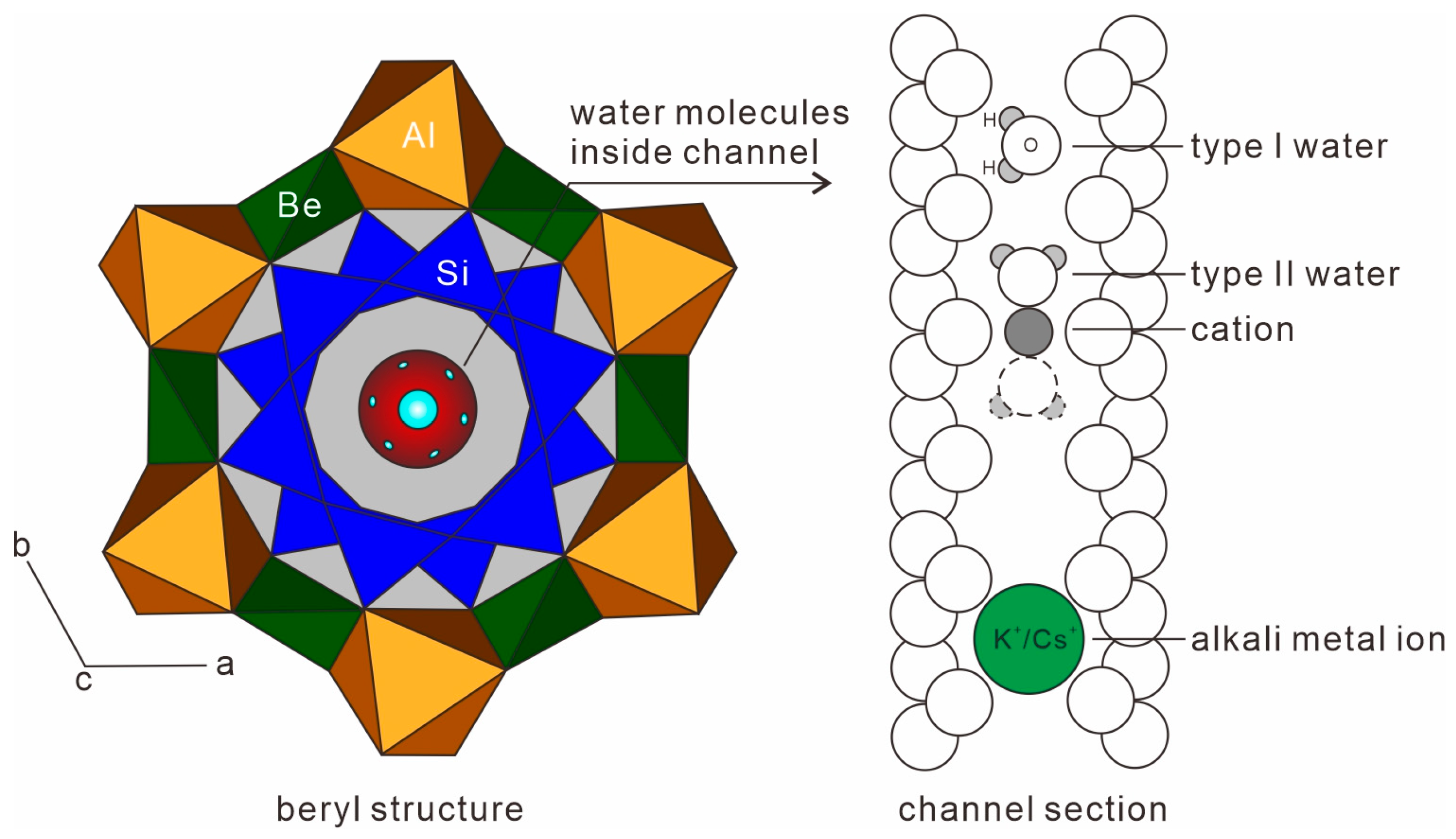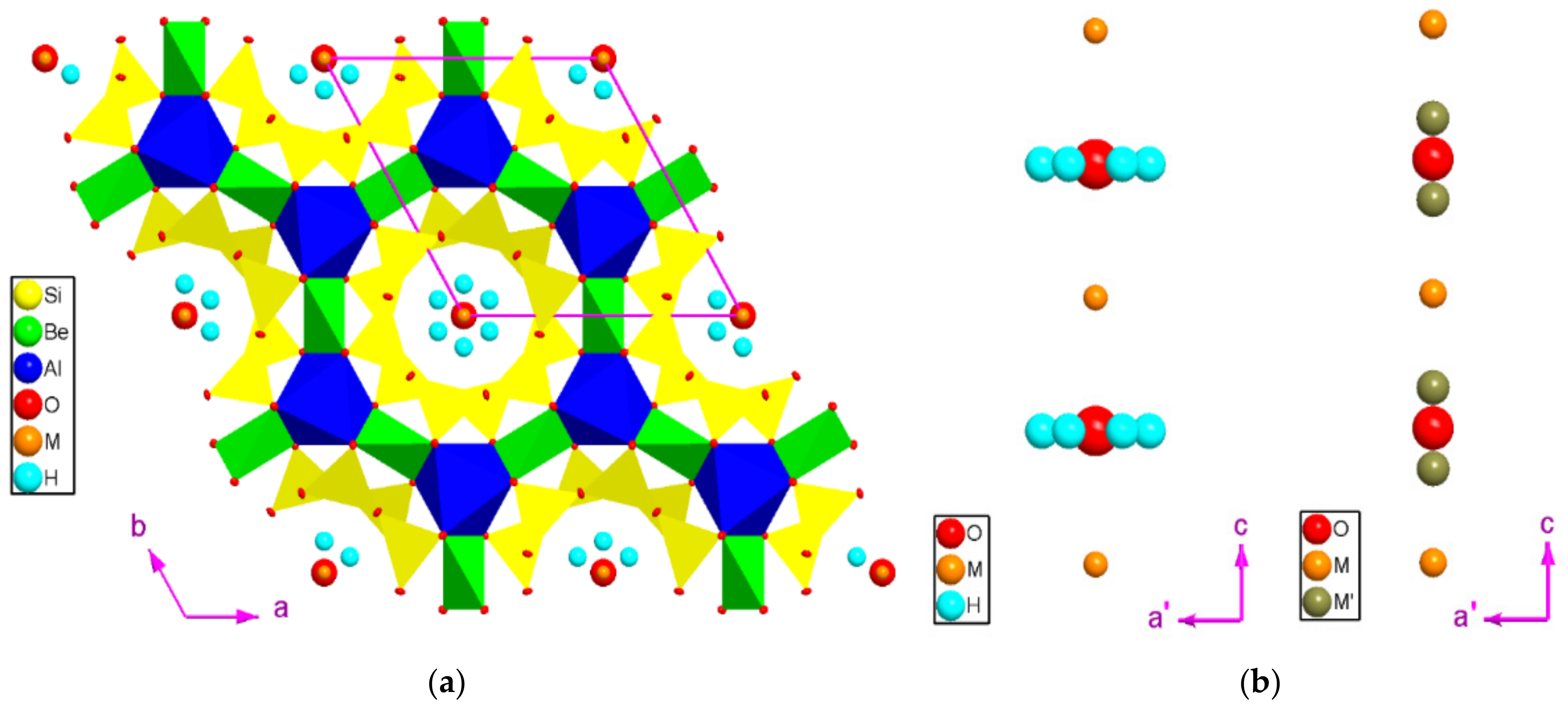Hurricane Beryl Overview

Nhc beryl – Hurricane Beryl was a powerful tropical cyclone that formed over the Atlantic Ocean in 2018. It was the first hurricane of the 2018 Atlantic hurricane season and reached Category 3 intensity on the Saffir-Simpson Hurricane Wind Scale. Beryl made landfall in the Dominican Republic and Haiti, causing significant damage and flooding. It later moved across the Bahamas and the southeastern United States, bringing heavy rain and strong winds.
Formation and Path
Hurricane Beryl formed from a tropical wave that moved off the coast of Africa on July 4, 2018. The wave gradually organized as it moved westward across the Atlantic Ocean. On July 6, the system became a tropical depression and was designated Tropical Depression Two. The depression strengthened into Tropical Storm Beryl later that day. Beryl continued to intensify and reached hurricane status on July 8.
We don dey hear about NHc Beryl, dat big storm wey dey worry people for Caribbean. Right now, di storm dey move west-northwest and you fit follow di storm beryl path to see where e dey go. We go dey monitor di storm closely and give you updates as e dey come.
Hurricane Beryl continued to strengthen as it approached the Caribbean Sea. On July 9, it reached Category 3 intensity with maximum sustained winds of 125 mph (205 km/h). Beryl made landfall in the Dominican Republic on July 10 and then in Haiti a few hours later. The hurricane weakened as it crossed Hispaniola, but it regained strength as it moved over the Bahamas.
Beryl made its second landfall in the United States on July 12, near Jacksonville, Florida. The hurricane weakened as it moved inland, but it still brought heavy rain and strong winds to the southeastern United States. Beryl eventually dissipated over Georgia on July 13.
Impact
Hurricane Beryl caused significant damage in the Dominican Republic, Haiti, the Bahamas, and the United States. In the Dominican Republic, the hurricane caused widespread flooding and mudslides, which destroyed homes and infrastructure. In Haiti, Beryl caused similar damage and also triggered a cholera outbreak. In the Bahamas, the hurricane caused flooding and wind damage, but there were no reports of major structural damage.
Nhc beryl be ah serious hurricane wey hit barbados hard. Remember di barbados hurricane wey happen years ago? E be bad too. But nhc beryl come with strong winds and heavy rain wey cause plenty damage to barbados. Even though e no hit barbados directly, di outer bands of di hurricane still bring strong winds and rain to di island.
In the United States, Hurricane Beryl caused flooding and wind damage in Florida, Georgia, and South Carolina. The hurricane also caused power outages and disruptions to transportation. Overall, Hurricane Beryl caused an estimated $3.5 billion in damage.
Historical Significance
Hurricane Beryl was the first hurricane of the 2018 Atlantic hurricane season. It was also the first hurricane to make landfall in the Dominican Republic since Hurricane Jeanne in 2004. Beryl was a relatively weak hurricane, but it still caused significant damage and disruption in the areas it affected.
Impact and Preparedness: Nhc Beryl

Hurricane Beryl’s impact was widespread and severe, leaving a trail of destruction in its wake.
Damage and Destruction, Nhc beryl
- Infrastructure: Roads, bridges, and power lines were damaged or destroyed, disrupting transportation and communication.
- Property: Homes, businesses, and public buildings were damaged or destroyed, leaving many residents homeless.
- Livelihoods: Crops were destroyed, fishing boats were damaged, and tourism was disrupted, impacting the livelihoods of many.
Preparedness Measures
Prior to the hurricane, preparedness measures were implemented to mitigate its impact:
- Evacuations: Residents in affected areas were evacuated to safer locations.
- Storm surge barriers: Barriers were deployed to protect coastal communities from flooding.
- Emergency response plans: Plans were in place to coordinate response efforts and provide assistance to those affected.
During the hurricane, emergency responders worked tirelessly to provide assistance and rescue those in need.
Evaluation and Recommendations
While preparedness measures helped reduce the impact of the hurricane, there is always room for improvement:
- Enhanced early warning systems: Timely and accurate warnings can give residents more time to prepare.
- Improved evacuation plans: Plans should account for vulnerable populations and provide transportation assistance.
- Resilient infrastructure: Building infrastructure that can withstand hurricane forces can reduce damage and disruption.
Scientific Analysis and Forecasting

Hurricane Beryl’s path and intensity were tracked and forecasted using a combination of scientific methods, including:
- Satellite imagery: Satellites provide real-time images of hurricanes, allowing meteorologists to observe their structure, movement, and changes over time.
- Weather balloons: Weather balloons are released into the atmosphere to collect data on temperature, humidity, and wind speed, which helps meteorologists understand the environment in which the hurricane is developing.
- Aircraft reconnaissance: Aircraft fly into hurricanes to collect data on their wind speed, pressure, and temperature, providing valuable information for forecasting their intensity.
- Numerical weather prediction (NWP) models: NWP models are computer programs that use mathematical equations to simulate the atmosphere and predict how hurricanes will evolve over time.
The accuracy of hurricane forecasts has improved significantly in recent decades, thanks to advances in technology and scientific understanding. However, there are still challenges in forecasting hurricanes, including:
- The chaotic nature of hurricanes: Hurricanes are complex systems that are influenced by a wide range of factors, making it difficult to predict their exact path and intensity.
- Data limitations: While there has been progress in collecting data on hurricanes, there are still gaps in our understanding of their behavior, particularly in remote areas.
- Computational limitations: NWP models are computationally expensive, and their accuracy is limited by the available computing power.
Despite these challenges, meteorologists continue to make progress in improving hurricane forecasting. By combining new technologies, scientific research, and data analysis, we can expect to see even more accurate forecasts in the future, which will help us to better prepare for and mitigate the impacts of hurricanes.